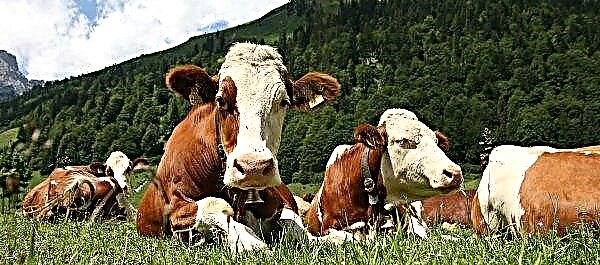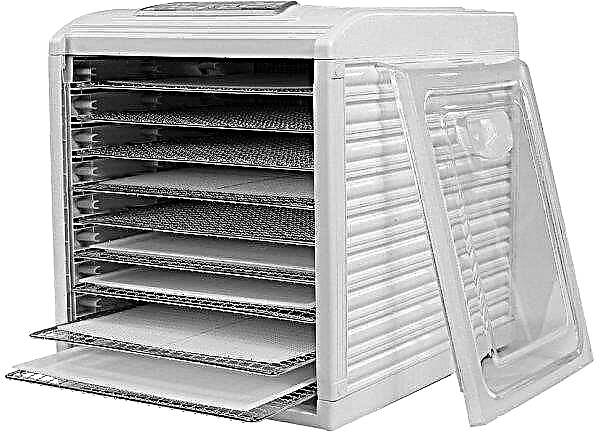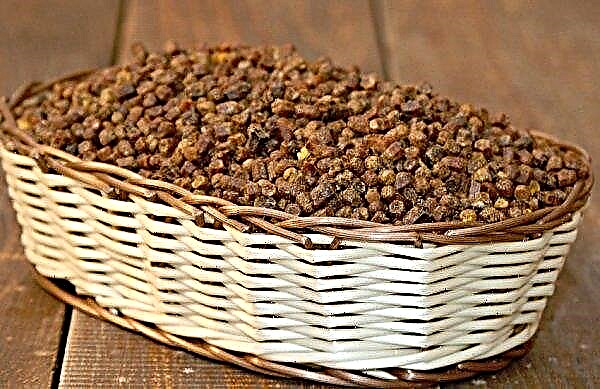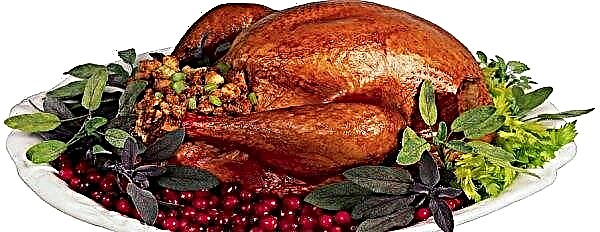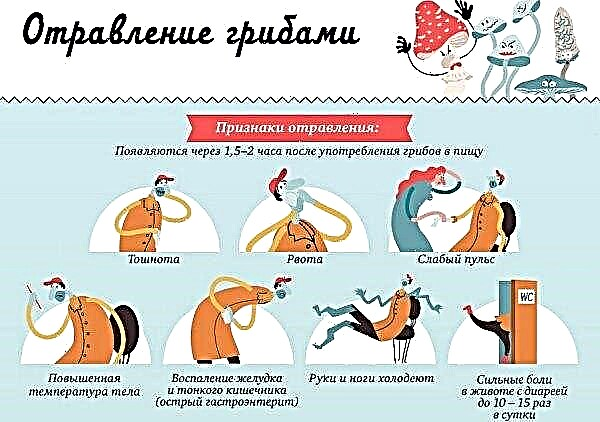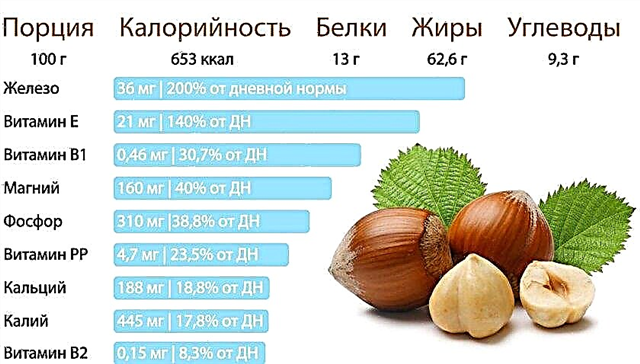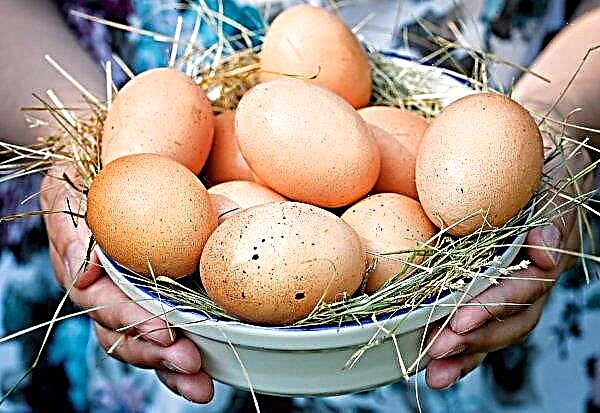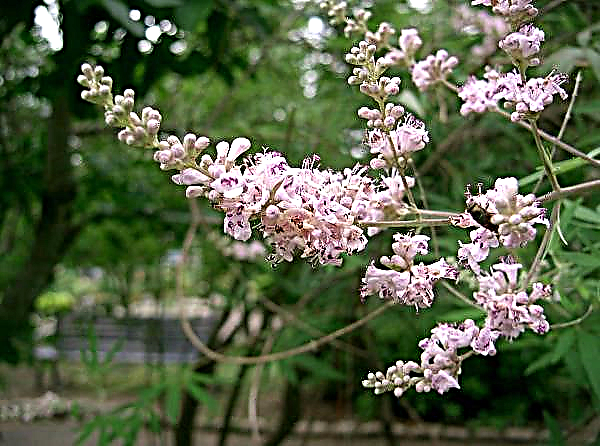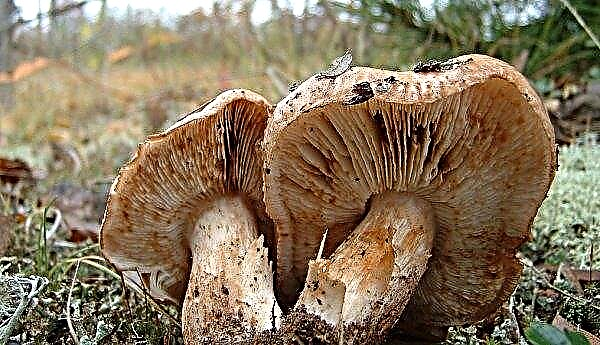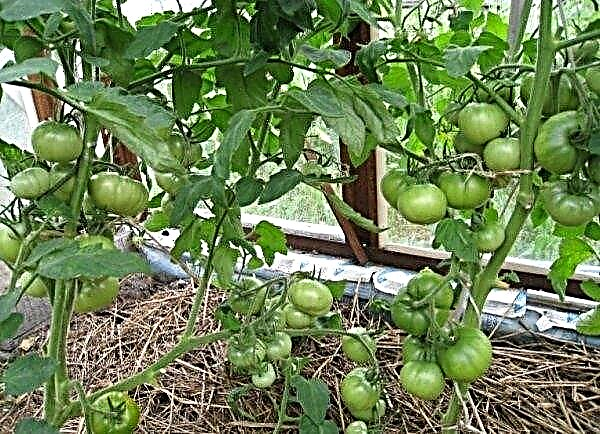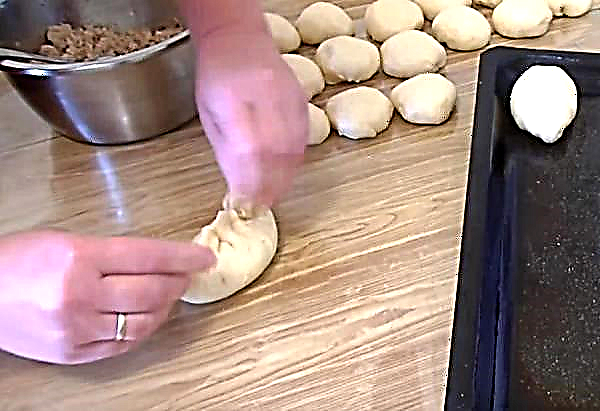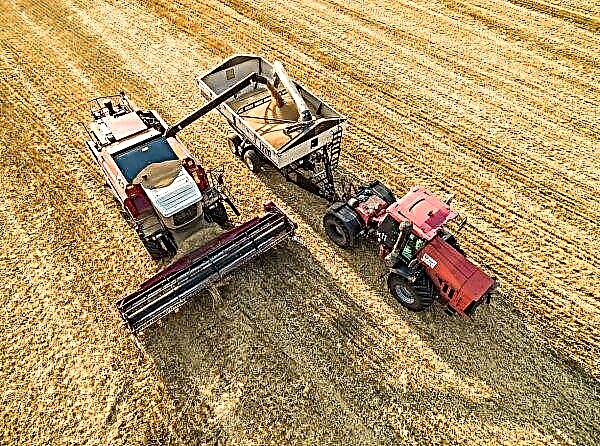Bees in the cold season fall into suspended animation. The duration of this period is influenced by many factors. One way or another, an experienced beekeeper knows that for a favorable wintering of insects it is necessary to create the appropriate conditions. Prepare materials and insulation, feed and other materials for this even before the onset of autumn. About the features of organizing a place for wintering bees and how best to keep them in the winter season and this article will be discussed.
Do I need to transfer bees to the cellar in winter?
Many people are interested in how bees hibernate, because in the wild they live in the wild and do not need additional care. They are able to withstand frosts down to –40 ° С. But this is only possible if the insects stray into clubs. With a decrease in temperature around, these clubs become denser, and inside them the temperature is above 0 ° C.

In fact, it is not necessary to transfer the bees for the winter to the basement. There are several wintering options for these insects. Among the most common are:
- in the wild;
- under the cover;
- in the winteries.
The basement, the greenhouse, the underground and other household premises will serve as a winter house.
Important! In regions where there is a lot of rainfall (snow) every year, it is recommended to leave bees on the street, since snow is an excellent protection against frost and strong gusts of wind.
If the house does not have a basement, you can replace it with an equipped greenhouse or shed. Often, an underground is used as a winter house. But it is only suitable if it is equipped in a warm wooden house and meets the requirements. In this case, it is not recommended to store vegetables in this place.

Features of wintering bees in the basement of the house
The basement, which is used as a winter house, can be made of brick or even wood. Often it is built at ground level, but in such situations it is recommended to be much better insulated. Bees in the underground of a residential building or in the basement can overwinter only if the conditions for the improvement of such a winter house are observed.
- The room should be dry and moderately warm.
- Sunlight should not penetrate the wintry, so as not to disturb the tranquility of its "inhabitants".
- For regulation of air temperature, as well as air exchange, there must be special openings or windows.
- No loud sounds or noises should be heard in the basement.
Important! The average winter hibernation must freely contain at least a hundred hives. Only under such conditions is optimum temperature achieved much easier.
If you have a large apiary and you need to make a winter hut in the basement for 300 beehives and less, then it is better that the exit is located on the south or east side. If there are more hives, it is better to equip two exits in the basement. At the same time, the doors must be insulated so that the draft does not get into the room. The floor must be at least 20 cm thick.

Particular attention should be paid to the winter house for heat-loving bees (often the people call this building Omshanik). These breeds are:
- Ukrainian;
- gray
- Caucasian;
- steppe;
- yellow.
For them, a warmer basement should be equipped with a large amount of insulation on the floor, in the doors.
How to keep bees in the cellar?
The room should be warm, but not hot. That is why experts advise using high-quality heat-insulating materials. It is easier to lower the temperature if the winter hut is excessively warm. In this case, air conditioners are installed or the doors are opened several times a day for ventilation.
 Ideal basements for organizing a winter house in them are located deep in the ground. As a rule, they observe an almost perfect microclimate for living in the winter season
Ideal basements for organizing a winter house in them are located deep in the ground. As a rule, they observe an almost perfect microclimate for living in the winter season
If the winter hut is not located deep in the ground, then it is more difficult to provide it with optimal conditions. Frosty air usually penetrates into the cracks of doors and walls, as a result of which the bees do not feel comfortable. In such rooms it is necessary to insulate not only walls and doors, but also the ceiling.
Did you know? From its hive, this insect is able to fly away at a distance of about 8 km and unmistakably return home. But such long routes can be life threatening, since the effective radius is 2 km.
The number of vents used in organizing winter-houses should depend on the area of the premises:
- if it is small, one outlet is enough;
- if average, then there should be 2-3 holes;
- if it is a large winter house, then at least 3 wide outlets located in different directions need to be equipped.
The winter hut should be dry. If the basement is damp, the hives will start to mold, and this can cause the bees to become sick. That is why beekeepers in the autumn thoroughly dry the winter roads. It is very important to provide protection against moisture in the basement.
Video: Wintering bees in a warm, dry cellar under the house
Bees do not like light, so you should provide protection against sunlight in the room. Under such conditions, insects think that the night continues. They become less active and consume much less honey. Also, when light enters the wintry, bees are much more likely to be affected by disease.
In the winter hut there must be complete peace and quiet. Even minimal household sounds can disturb insects, and they will behave actively, consuming large amounts of honey. This can even lead to the death of entire families. Experienced beekeepers advise organizing winteries in the underground of an apartment building, where the sounds of roads, places of repair work, and entertainment areas are not heard.
Did you know? Each hive has its own watchdog bees that protect the house from the penetration of enemies and theft.
How to drive bees into a hive in the basement?
Novice beekeepers wonder: how to drive all the bees into a hive in the basement. In fact, this is a simple process that will take no more than 30-40 minutes.
To begin with, you should prepare a bucket without a bottom or a fragment of a pipe of wide diameter. Put the bait for the bees there. It can be wet sugar or honey. Gradually, they all flock there to profit from a new portion of food.
 It is also important to turn on the light when the bait is installed and turn it off when the bees get enough sleep on the stand.
It is also important to turn on the light when the bait is installed and turn it off when the bees get enough sleep on the stand.
When all the bees are inside this structure, a large stand should be equipped near the hive and gently pour them from the bucket onto it. There should also be enough food in the hive so that the bees, getting on the stand, hear the aroma and climb into it. As soon as all insects are inside, the holes should be closed. After that, the hive can be easily transported.
Can bees be opened in the cellar?
Beekeeping experts do not recommend frequently opening cells in the cellar. The fact is that the bees do not really need it.
As a rule, cells are opened only during feeding of insects. Nevertheless, periodically, at least once every 2 weeks, it is worth opening them for ventilation. This will protect insects from infection. Also, this measure is necessary for thermoregulation. It is important at such times to observe complete darkness and silence in the basement. The bees will not feel the difference and will not fly around the premises, assuming that the day has come.

A diary of visiting bees during wintering
A properly prepared winter hut does not require much work and numerous visits to the cellar from the beekeeper. In the first half of winter you can visit it once, in early January. As a rule, at this time, insects behave calmly and do not need the help of a beekeeper.
In the second half of the month, a large amount of undigested food accumulates in the hives, which must be periodically cleaned. At the end of winter, brood appears in the hives, and after that the bees begin to become active and even worry. From this moment, the beekeeper must carefully monitor the behavior of insects and enter it more than once a month.
Professionals advise to coincide each visit with a sharp change in weather conditions, in order to also evaluate the microclimate in the cellar. This will determine how the weather affects insect behavior.
With the beginning of snow melt, visits to the basement should become more frequent (from 1 to 2 times a week). In addition, the hive needs regular top dressing, and this should not be forgotten.

Beekeeper Tips
When organizing the winter hut in the basement, it is important to observe the above conditions. Beekeepers are advised to pay special attention to air temperature and humidity.
The optimum temperature for wintering bees in the cellar is from –2 ° С to + 6 ° С. If the room is warmer, the insects will be overly active and consume much more food, which is undesirable. Relative humidity in the basement should be approximately 50%. This condition can be equipped if there is an extractor hood in the room. During wintering, bees emit a lot of moisture, and this must be monitored.
The humidity in the basement should not be higher than in the hives, but it should not be enough to form dew, as this can adversely affect the health of insects, and in some cases entire families can die, causing large losses to the beekeeper.
Now you know how to lower the bees into the basement for wintering, and what conditions should be observed there. We hope our recommendations will help you.

